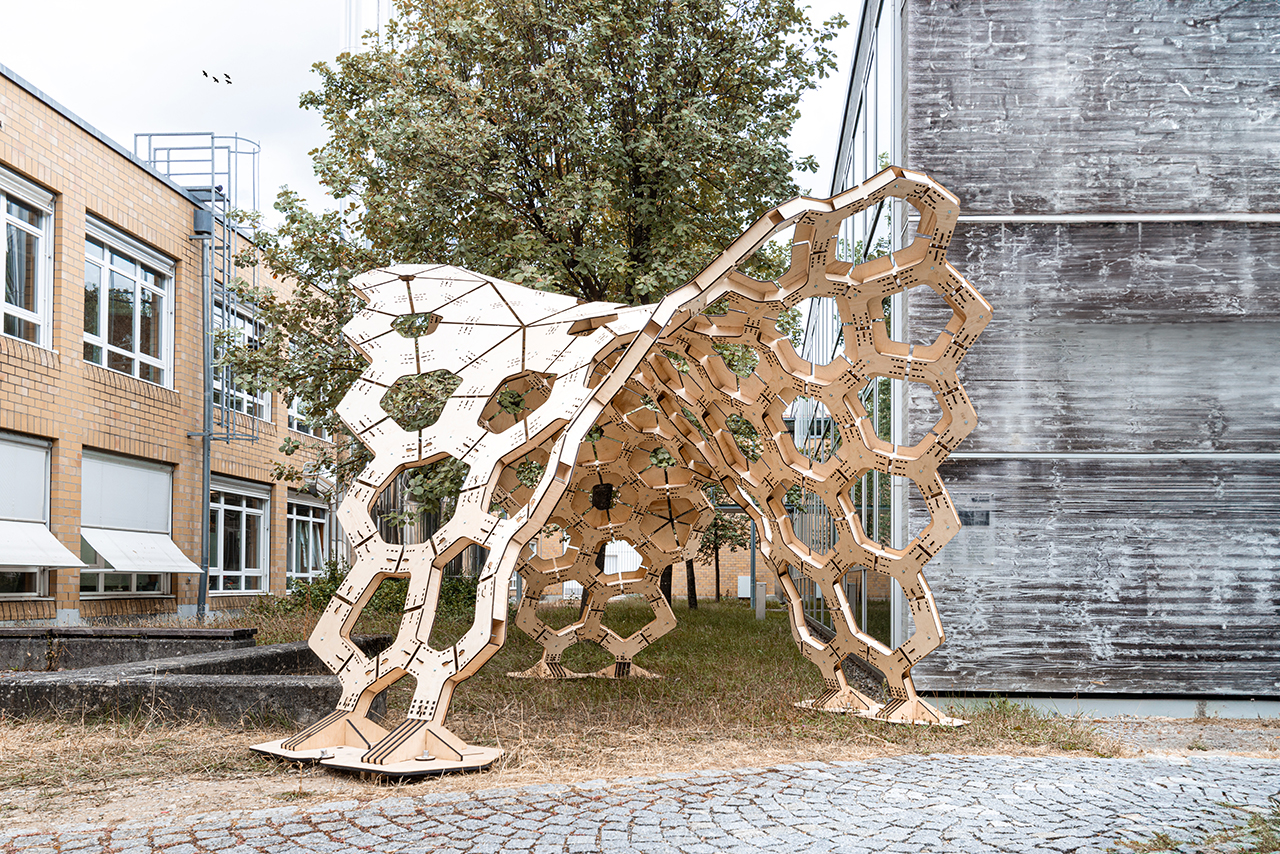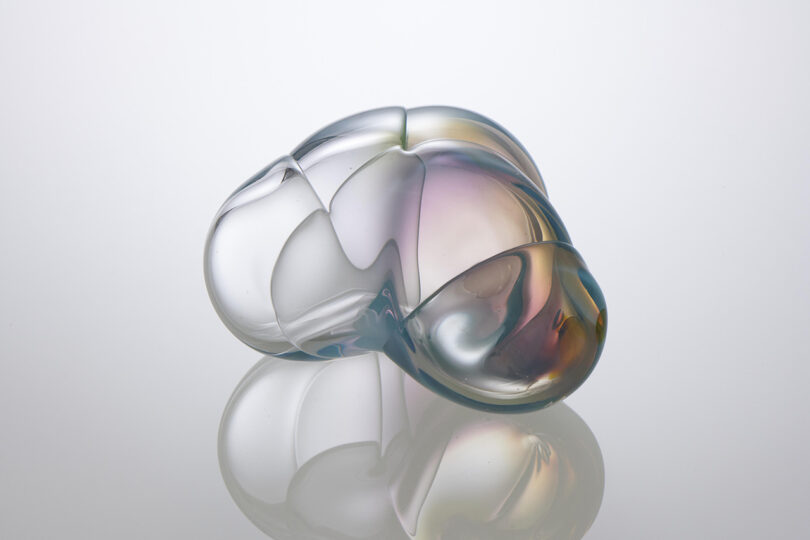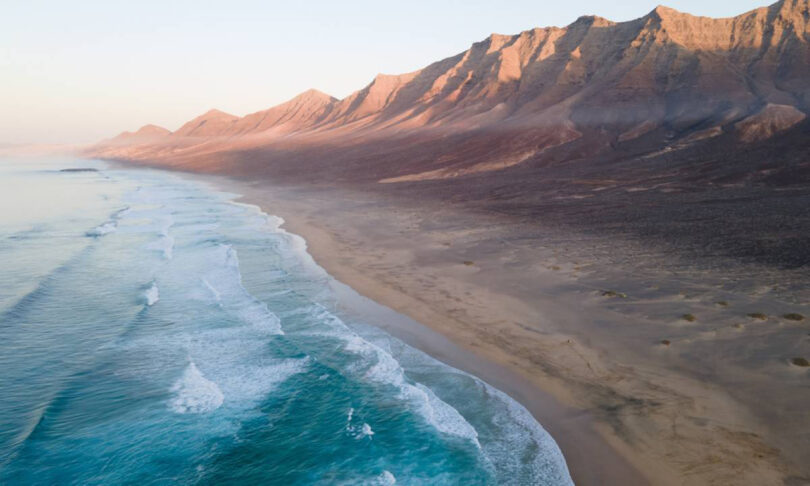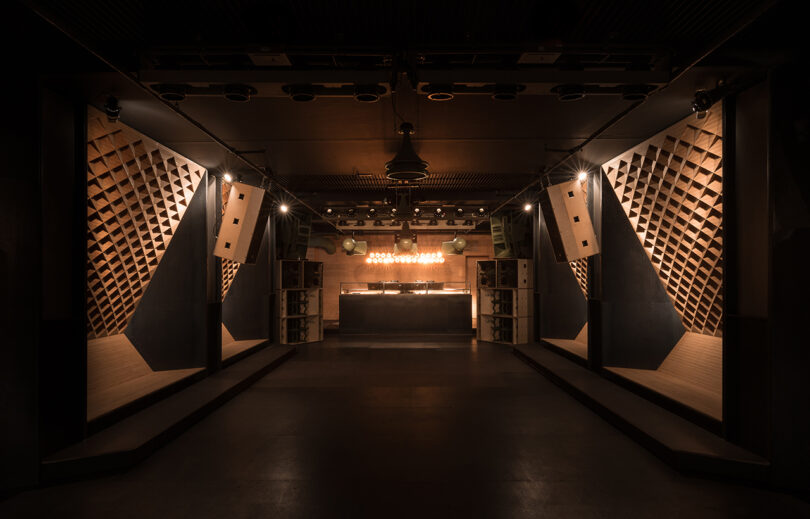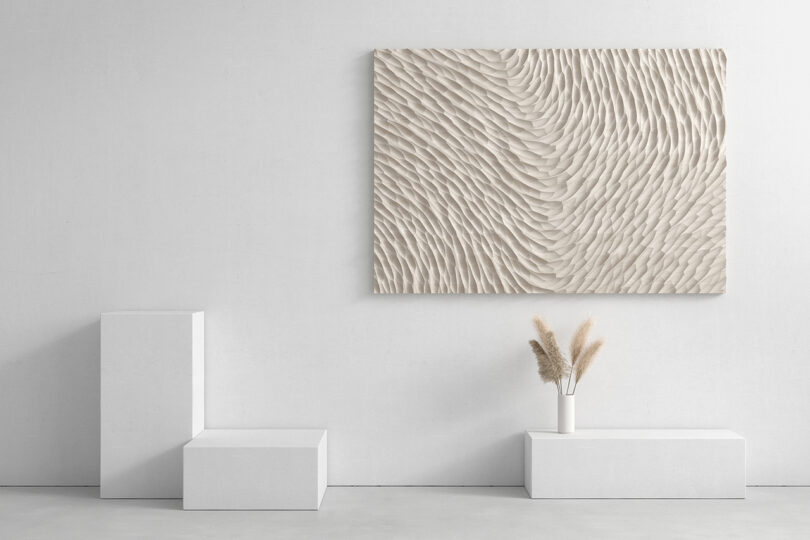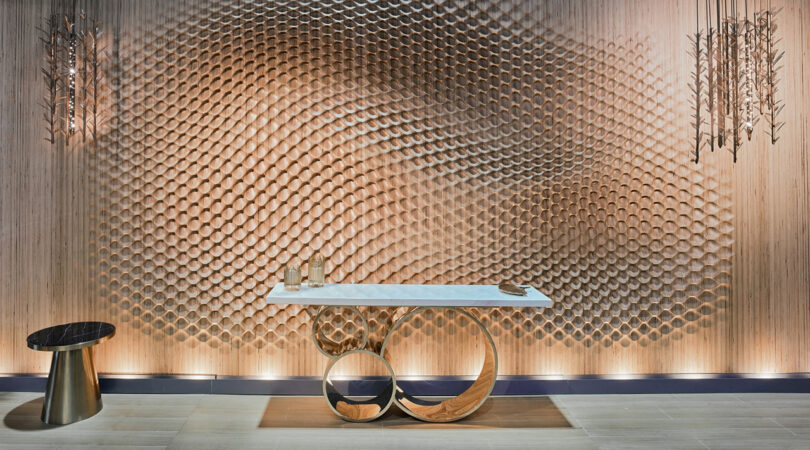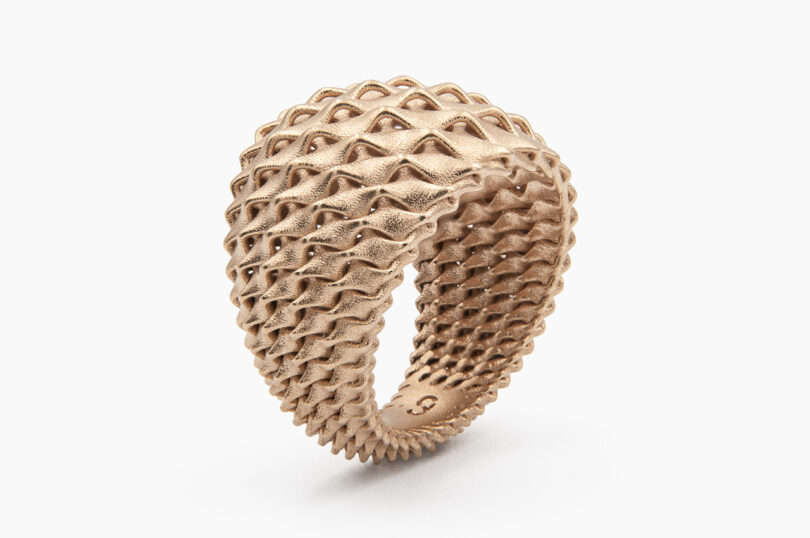Simon Vorhammer refers to himself as an architect, but his talents encompass so much more. In 2016, he established Vorhammer Computational Design, a Munich-based collective operating across different scales and typologies at the crossroads of architecture, design, and digital fabrication.
Vorhammer gravitated toward understanding general rules rather than specifics from an early age, which later steered him away from traditional architecture after attending TU Munich and ETSAM Madrid. “It was while working on my diploma thesis that I encountered parametric design,” he says. “I realized that my passion lies in developing processes and rule-based designs. This approach doesn’t conform to typical design categories, a specific scale, or even disciplines, which is exactly what intrigued me. I recognized that my niche is in merging design with technology.”
This methodology turned into Vorhammer’s career once he had the opportunity to craft his first parametric building in 2012, the Pavilion for Samsung, located in Yeosu, South Korea, for the World Expo. “To this day, I am continually amazed and grateful that my passion not only fuels my work but also sustains my livelihood. It’s a rare and fulfilling experience where my professional endeavors align seamlessly with my personal interests,” he adds.
Since then, Vorhammer has held respected positions at architectural firms such as Foster and Partners in London, AR-MA in Sydney, and LAVA, who has a network with offices in Sydney, Stuttgart, and Berlin. A few of his notable projects include Optus Stadium in Perth, the Trifolium Pavilion in Sydney, and the design of the Blitz Club in Munich. Vorhammer has also developed digital systems for brands such as BMW, OT4, and Modulor.
The architect points out his two years spent at AR-MA under Robert Beson and Gabriele Ulacco as a defining time in his career. “Robert’s and Gabriele’s unique approach instilled in me the courage to explore my niche area and apply first principles in my work,” Vorhammer says. “The experience of being part of a small, expert-led team was enlightening, teaching me the value of collaborative learning while still fostering my individual growth. This environment was crucial in equipping me with the skills and confidence necessary for my professional journey.”
What Vorhammer and VCD do today is complicated. The collective’s goal is to realize non-standard projects through the creative use of technology. It might sound simple enough at first, but the key lies in VCD’s proprietary algorithms that are developed on an individual basis. In an effort to combine technical complexity with aesthetic minimalism, the projects have to be approached from beyond what’s been already established. VCD relies on an extensive network of architects, programmers, artists, specialist planners, and manufacturing companies to build these complex structures and freeform geometries. The use of parametric 3D planning brings all parties and expertise together through the automation of design and manufacturing processes.
In 2018, Vorhammer’s interest in digital aesthetics led to the co-founding of Sian Design, a label for parametric jewelry design. Additionally, he collaborates with Prof. Dr. Matthias Beckh under the name beckh & vorhammer (B&V), focusing on projects that call for structural and computational design expertise. Currently, Vorhammer teaches Parametric Design and Digital Fabrication as an adjunct professor in Germany’s Biberach University of Applied Sciences and has previously been a guest lecturer at TU Munich and FH Munich, as well as the University of Sydney in Australia.
Today, Simon Vorhammer joins us for Friday Five!
1. Water Towers of Ireland
As an architect, I am deeply fascinated by the aesthetic qualities of Irish concrete water towers. My intrigue lies in the interplay of the material’s texture and patina with the diverse geometries employed in their construction. These monolithic, rotationally symmetrical forms often extend upwards, either gently or abruptly. Anchored firmly in the Irish landscape, these towers transcend their functional role as infrastructure elements to become genuine works of art. Their distinct shapes and harmonious integration into the surroundings render them prominent landmarks on the Irish horizon. Jamie Young’s extensive archive, “Water Towers of Ireland,” established in 2010, explores the history of these structures and their connection to various architectural eras and styles through photographs, drawings, maps, and narratives.
For the birth of our second son, Leonard, I gifted my partner a glass object created by Veronika Beckh from her ‘Intingo’ series. I am fascinated by Beckh’s distinctive technique, where spherical bubbles are skillfully embedded into hot glass, creating layered effects. The way light fractures upon these glass surfaces, casting radiant streaks, is mesmerizing. The distorted, ever-changing shapes and perspectives within the glass are particularly captivating.
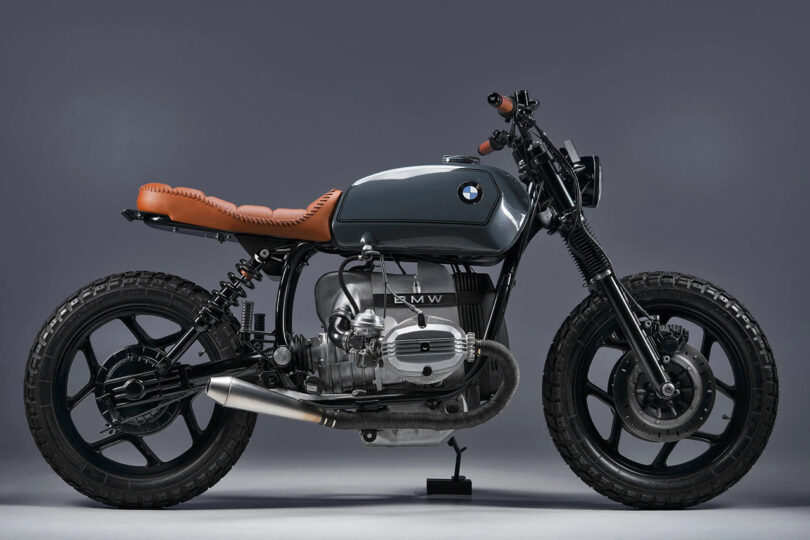
Photo: Ted Sandeen
3. BMW R80 G/S
I’d love to own an old BMW R80 G/S. The allure of this motorcycle stems from its distinctive blend of design and engineering. Its air-cooled, flat-twin boxer engine, the cornerstone of its ‘rubber cow’ ride quality (affectionately termed “Gummikuh”), is particularly appealing. This engine design not only defines the bike’s classic silhouette but also ensures a unique balance and stability that’s hard to find in modern motorcycles. I think the Gummikuh’s reputation for quirkiness and character, rooted in its mechanical design, is a significant part of its charm.
4. Playa de Cofete (Fuerte Ventura)
In winter 2019, I stumbled upon Playa de Cofete, Fuerteventura. What fascinated me was the solitude, the raw beauty of the landscape framed by mountains, and the mysterious aura surrounding “Villa Winter.” The beach’s simplicity and the sense of being far from the usual tourist spots left a lasting impression, making it a unique and quietly enchanting discovery. The memory of that day has since etched itself into my visual consciousness.
In 2016, while traveling through Patagonia, a fellow traveler recommended the “Hidden Brain” podcast. With evenings free from typical amenities, I decided to give it a shot. Shankar Vedantam’s discussions on human behavior became an unexpected but welcome addition to my journey. The podcast’s exploration of the complexities of the mind provided a thought-provoking contrast to the simple routines of backpacking. Rather than a grand discovery, it became a low-key yet enriching companion, offering a different perspective during downtime between hikes. Since that trip, it has solidified its place as my favorite podcast and a reliable source of insights.
Work by Simon Vorhammer:
Interior design for a dance music club in the former congress hall of the Deutsches Museum in Munich in collaboration with Studio Knack. Our task was the realization of a vision of a unique spatial and acoustic experience. The overall spatial concept had to fulfill high design aspirations as well as acoustic challenges. The 600 square meters are divided into two differently sized dance floors and one bar room. On the first dance floor, ‘Blitz’, which is 35m long and 8m wide, the dominating element is the technical-functional aesthetics created by the combination of steel and wood.
Formfeld Wall Panels are digitally designed surfaces on high-quality natural materials. Their relief patterns are the result of a mathematical framework. Their sound-diffusing and sound-absorbing properties contribute to balanced indoor acoustics. Formfeld Wall Panels are custom-made through skilled craftsmanship. Specially developed computer algorithms create intricate designs, which are then produced with industrial precision using machine-controlled CNC milling. They can be designed and produced in nearly unlimited sizes. The pre-fabricated Formfeld 1 wall panels are available in four different formats and materials. They can be integrated into any space as standalone individual panels or as a collection hung on the wall. Custom wall panel configurations to fit specific project requirements are also possible.
This Formfeld Structure features a gradual geometric transition from a plain surface to three-dimensional pockets. Each pocket’s position and shape align with an undulating master design, which fades towards the edges of the wall. This design has been applied in various locations, including the Adidas headquarters in Herzogenaurach, Pollmeier Massivholz, and FDC in Dubai.
Emi Cocktail Ring
Fascinated by mathematical structures and minimalist design, Antonia Frey-Vorhammer and Simon Vorhammer combine digital and analogue methods to create their jewelry. Crafted from 750 gold and marketed under the Sian Design label, their collections are inspired by nature and combine simplicity with complex geometry. Basic shapes and smooth surfaces merge seamlessly into doubly curved surfaces and grid structures that cannot be achieved by traditional methods. Each piece is first assembled from wax components formed via 3D printing. This positive shape serves as the basis for a plaster cast into which molten precious metal is poured. Meticulous reworking by hand endows each piece with a lively surface.
